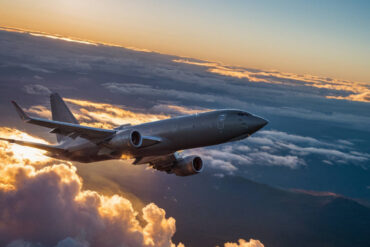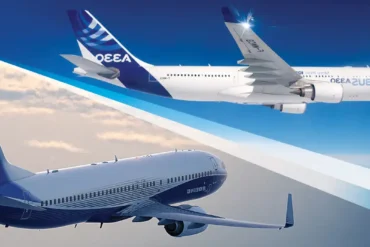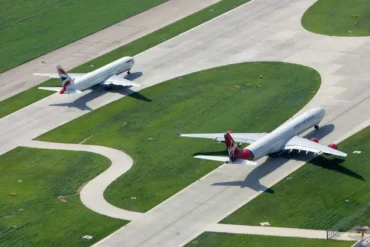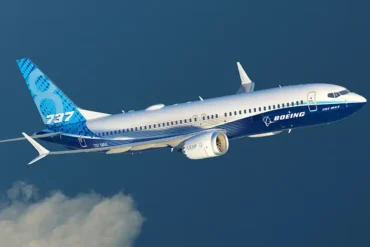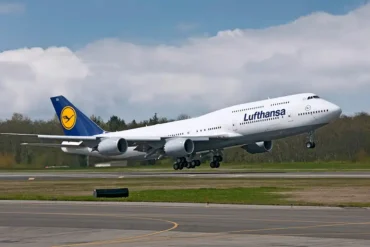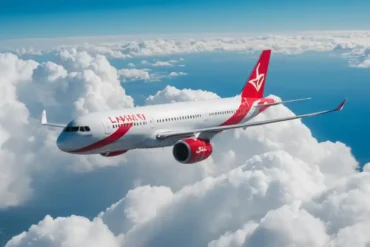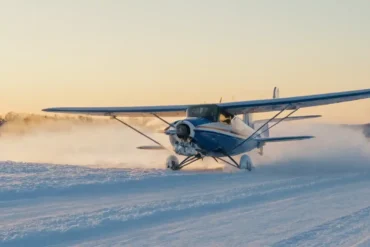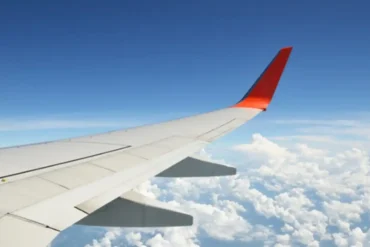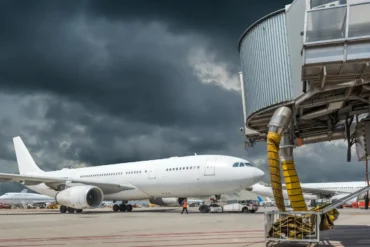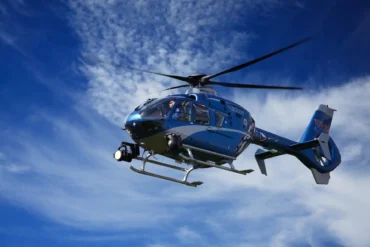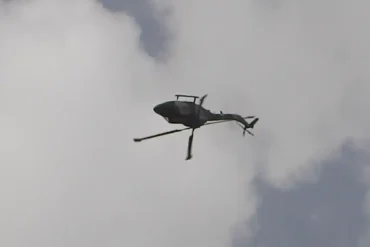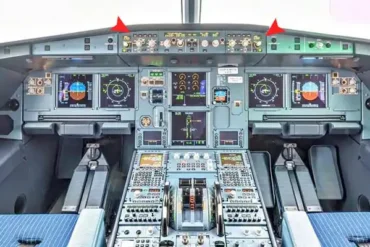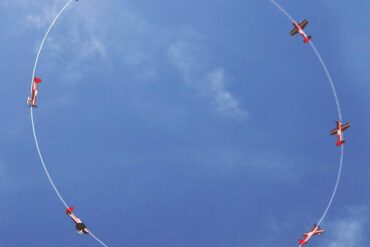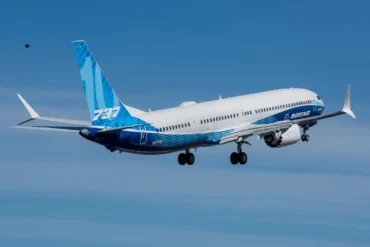Let’s explore the different layers of the atmosphere and see where planes prefer to fly. Understanding this helps pilots make smart choices about things like fuel use, speed, and steering. It also tells crews about possible weather issues at certain heights. Commercial jets mostly stick to one or two atmospheric layers for safety and comfort.
The atmosphere has five layers starting from the ground up: troposphere, stratosphere, mesosphere, thermosphere, and exosphere. Each one has unique features and weather. While all have some turbulence, jets try to avoid the roughest parts by cruising at particular altitudes.
What about the troposphere?
The troposphere touches the Earth’s surface and goes up about 7 miles. This layer has a lot going on weather-wise! It has thunderstorms, shifting winds, thick clouds, and other active conditions. The troposphere is more humid than layers above it.
Do Planes Fly in the Stratosphere?
In the lower parts of the stratosphere, air pressure is still relatively high but drops as you go up. Temperatures are colder at lower heights but oddly get warmer farther away from the ground.
Many commercial jets like to fly in the stratosphere. There’s enough air to give their wings good lift, so they can steer steadily. Sometimes planes move just above this layer to escape bad weather in the troposphere below. They might find thin clouds, but visibility is mostly clear.
What’s the stratosphere all about?
After the troposphere is the stratosphere, starting around 7 miles high. It reaches up to about 30 miles above the ground. Unlike the troposphere, air pressure is lower and temperatures get warmer as you go up – the opposite pattern!
A unique thing in the stratosphere is the ozone layer. This zone has ozone gas that soaks up harmful UV rays from the sun. That absorption ends up as heat energy. Also, clouds are scarcer here, so you can see very well.
Can Planes Fly in the Mesosphere?
Some planes may fly higher here trying to improve visibility or save fuel. But for smaller aircraft, that brings risks. The thinner air means less oxygen to power their engines, so they could lose thrust. Unpressurized cabins are especially dangerous, making the mesosphere too high to enter safely.
What’s the mesosphere like?
Above the stratosphere is the mesosphere, ranging from 30 to 50 miles high. It has even lower air pressure than the stratosphere. Oddly, temperatures start out cold but get warmer the higher you go until cooling off near the top.
Do any aircraft go into the mesosphere?
Most regular planes can’t fly here because the air is too thin to stay aloft. The mesosphere mainly acts as a highway to space for rockets. Some experimental and military craft have checked it out, but normal flights in this layer are extremely rare.
Conclusion
To wrap up, commercial jets tend to use the troposphere or lower parts of the stratosphere. The air density in these layers provides good lift and control.
Venturing too high risks oxygen starvation for their engines, a key safety issue. But sometimes climbing above rougher weather in the tropospheric zone is necessary. Staying very low also causes problems from increased drag. It’s all about the wise middle ground! Understanding where planes fly gives crews the knowledge to steer clear of hazards and fly smoothly.

